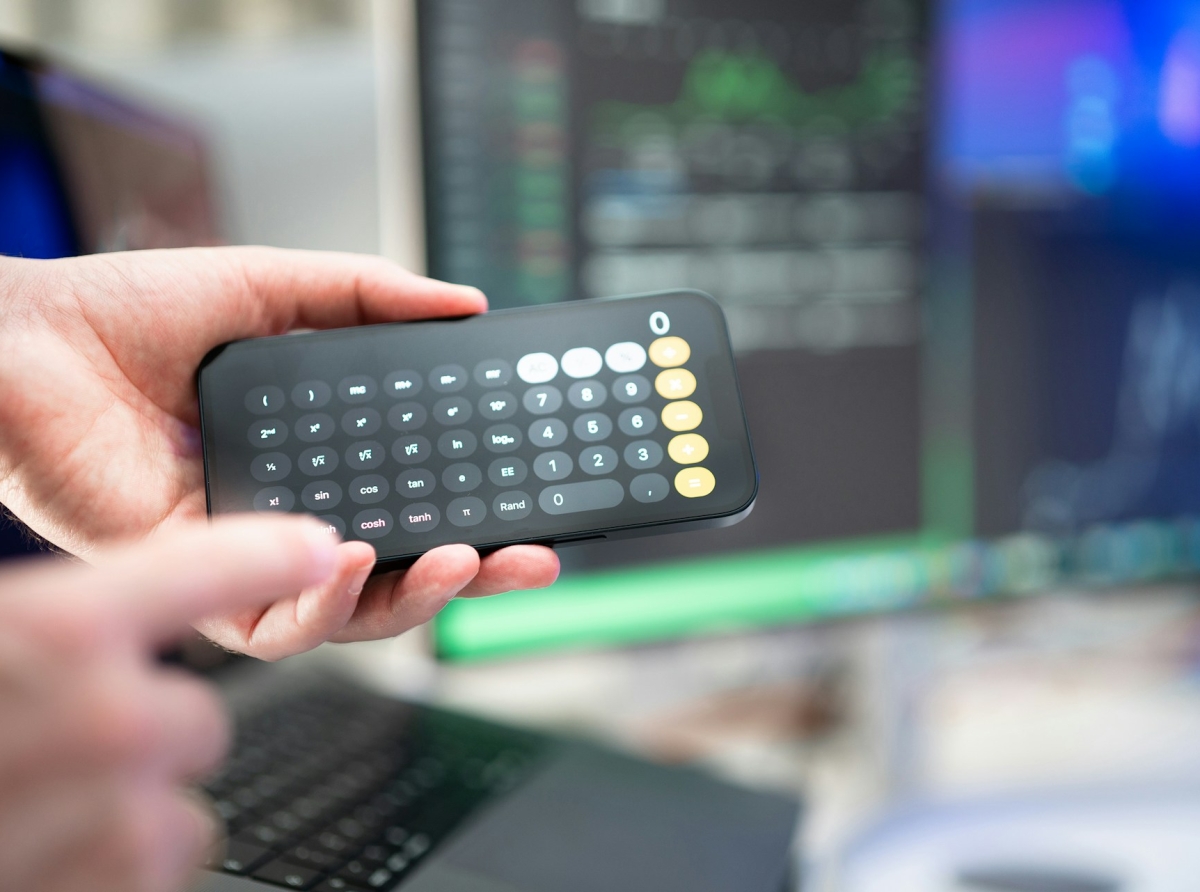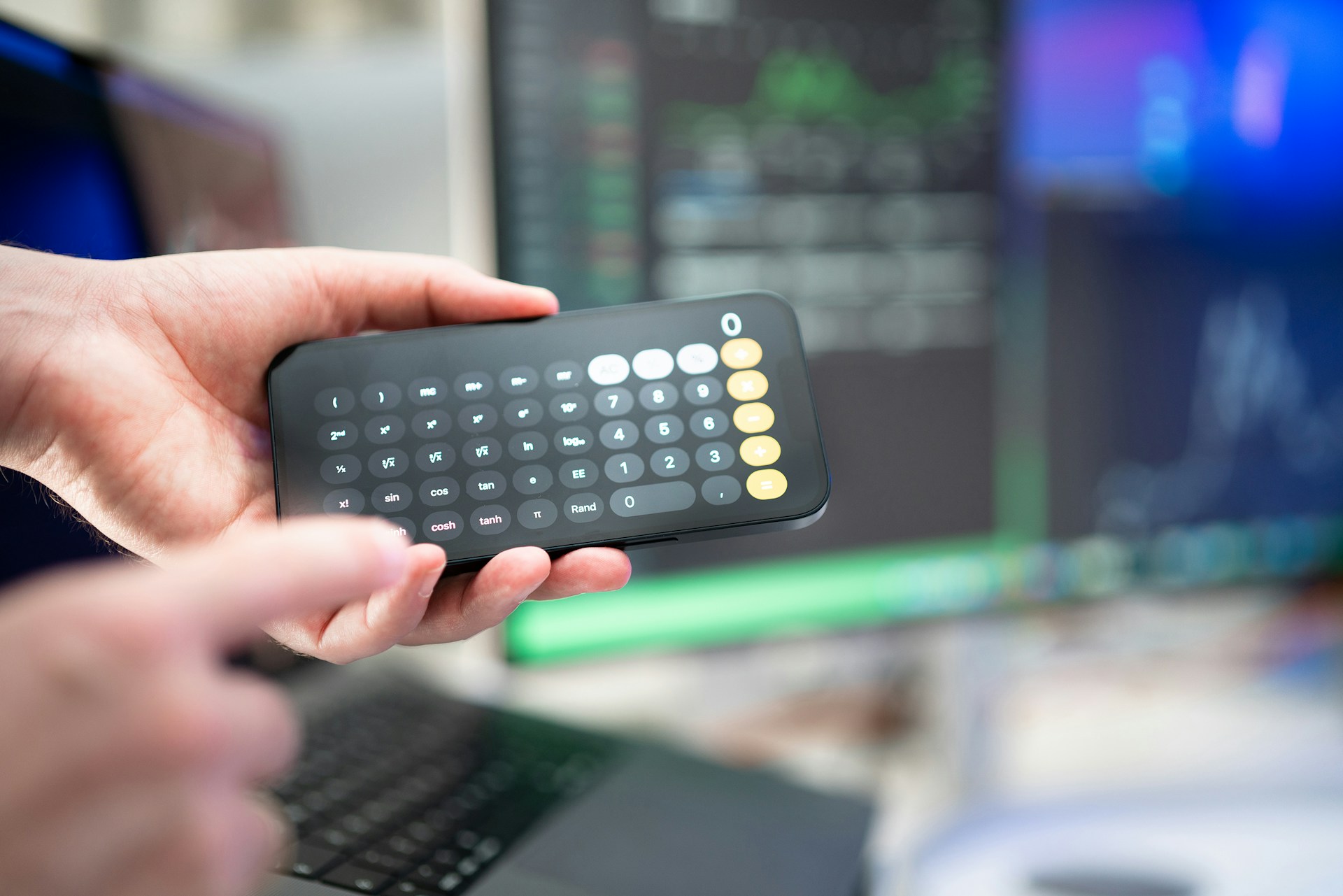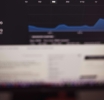
Easy Ways to Calculate Margin in Forex Trading
Forex trading, or foreign exchange trading, involves buying and selling currencies on the global market with the aim of making a profit. As one of the largest financial markets in the world, forex trading is highly dynamic and offers numerous opportunities for traders. However, it’s essential to understand the concept of margin in forex trading to effectively manage your investments and risks.
Margin is a critical element in forex trading that allows traders to open positions without having to fully fund them. Essentially, it acts as a security deposit that ensures you can cover potential losses on your trades. Understanding how margin works is crucial because it directly impacts your ability to trade and manage risk.
Margin is a critical element in forex trading that allows traders to open positions without having to fully fund them. Essentially, it acts as a security deposit that ensures you can cover potential losses on your trades. Understanding how margin works is crucial because it directly impacts your ability to trade and manage risk.

Easy Ways to Calculate Margin in Forex Trading
Understanding Margin Requirements
In forex trading, margin refers to the amount of money required by a broker from a trader to open and maintain positions in the market. It is not a fee but rather a portion of your account equity set aside as collateral.How Brokers Set Margin Requirements:
Brokers set margin requirements based on various factors such as market conditions, volatility, and the currencies being traded. These requirements are expressed as a percentage of the trade’s notional value (the total value of your position). For example, if a broker requires a 1% margin, you need $1 for every $100 worth of currency you trade.
The Role of Leverage:
Leverage is closely related to margin. It allows traders to control larger positions with smaller amounts of capital by borrowing funds from their broker. While leverage amplifies potential profits, it also increases the risk of significant losses. For instance, with 100:1 leverage, you can control $100,000 with just $1,000 in your account.
Basic Formula for Calculating Margin
Calculating margin might seem complex at first glance, but it can be simplified using a basic formula:[ \text{Margin} = \frac{\text{Trade Size}}{\text{Leverage}} ]
Step-by-Step Process:
Let’s break this down with an example:
Determine Trade Size: Suppose you want to trade one standard lot (100,000 units) of EUR/USD.
Identify Leverage: If your broker offers 50:1 leverage.
Apply Formula: Using the formula:
[ \text{Margin} = \frac{100,000}{50} = $2,000 ]
So, you’ll need $2,000 as margin to open this position.
Tools and Resources for Calculating Margin
With advancements in technology, calculating margin has become more accessible through various online tools and resources provided by brokers.Overview of Online Calculators and Broker Tools:
Many brokers offer online margin calculators where you can input your trade size and leverage to instantly see the required margin. These tools are incredibly user-friendly and save time compared to manual calculations.
Benefits of Using Automated Tools:
Accuracy: Reduces human error in calculations.
Efficiency: Quickly provides results allowing you to make informed decisions promptly.
Convenience: Available anytime online without needing detailed knowledge of formulas.
Practical Tips for Managing Margin Effectively
Effective margin management is crucial for long-term success in forex trading.Strategies to Avoid Margin Calls:
A margin call occurs when your account equity falls below the minimum required level due to losses on open positions. To avoid this:
- Use appropriate leverage levels based on your risk tolerance.
- Diversify trades across different currency pairs.
- Keep a buffer by maintaining more funds than the minimum required margin.
Importance of Risk Management Practices:
Implementing solid risk management strategies ensures that you do not overextend yourself financially:
- Set stop-loss orders to limit potential losses.
- Determine position sizes based on account balance and risk appetite.
- Regularly review market conditions and adjust strategies accordingly.
Monitoring Your Positions Regularly:
Continuous monitoring helps assess performance and make necessary adjustments:
- Use mobile apps or broker platforms for real-time tracking.
-Stay updated with economic news impacting currency movements.
- Reassess positions periodically based on market trends.
By understanding how to calculate margins effectively using simple formulas or automated tools provided by brokers while implementing sound risk management practices; traders can enhance their chances for success in this dynamic world called Forex Trading!
Forex trading, Margin calculation, Trading leverage, Risk management, Currency market
Forex trading, Margin calculation, Trading leverage, Risk management, Currency market









Report
My comments